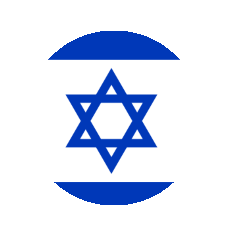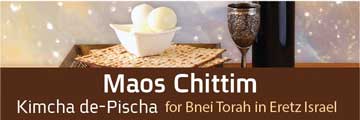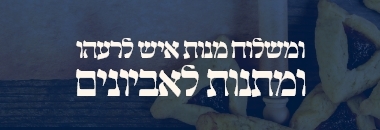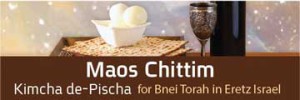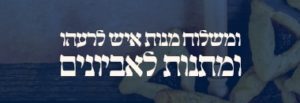Question:
Many have mentioned the segulah these days of reciting pitum haketores. I was wondering why is it that specifically Brachos, Nazir, Yevamos and Creisos that are ended with the conclusion of Pitum Haketores? There must be something unique about the paragraph when relating to those Mesechtos?
Answer:
You are asking an interesting question, why is it that specifically these four Mesechtos end off with this mamar of Chazal? Before answering your question, it should be noted that from Tanna dbei Eliyahu, it is no longer part of Putim Haketores, rather we say it then because it is the end of the Tefilloh, and we want to end off will something positive. Therefore we say that since what we just read are halachos, and anyone who learns halachos merits Olam Haba. (See Tosefos NIdda 73a, and Siddur Kavanas Helev). Additionally we say the ending of Meseches NIdda, and Brachos, which is the beginning and end of Shas (see Divrei Yackov (Nida pg. 284-285)
Nevertheless you are raising a good point, why is it specifically these four Mesechtos finish in this way?
As a side point the Vilna Gaon (Kol Eliyahu -Brachos 193) say that a siman for the four Mesechtos that finish this way ” ת”ח מרבים שלום… אל תקרי בני”ך אלא בוני”ך” that the word בני”ך which stands for ברכות נזיר יבמות כריתות. Also see Aruch Laner at the end of Meseches Yivamos, who says this, and also explains why we mention shalom specifically at these four Mesechtos. he says that there are four areas where shalom- peace is needed.
- Between H-shem and man.
- Between man and his fellow man.
- Between man and his wife.
- Between the soul of a person and his body.
He therefore says that these four Mesechtos represent each of these four ideas.
- Mesechtos Brachos talks about saying Kriyas Shema, davening and saying brachos, which are mitzvos that bind us with H-shem, and bring H-shem into our daily lives, which makes peace between us.
- Yevamos represents peace between man and his fellow, as one brother doing chesed with the other, as Yibum is called a chesed with the living and the dead.
- Nazir represents peace between man and his wife, as the famous chazal that one who sees Sotah should be come a Nazir, that when one sees the destruction that the action of the Sotah does to the shalom of her home, should strengthen his shalom bayis by becoming a Nazir.
- Krisus represents peace between a person’s soul and his body, since the mitzvos that a man does in this world with his body and give his soul and body the merit to live in the next world and after Techiyas Hameisim, and when a man sins, it causes Krisus- that the two are cut from each other.
Along these lines we can possible add, that his is why we end our davening this way. Since tefilloh is the way that we bind with H-shem, and H-shem gives us our needs- it is also connected to peace.
Best wishes

